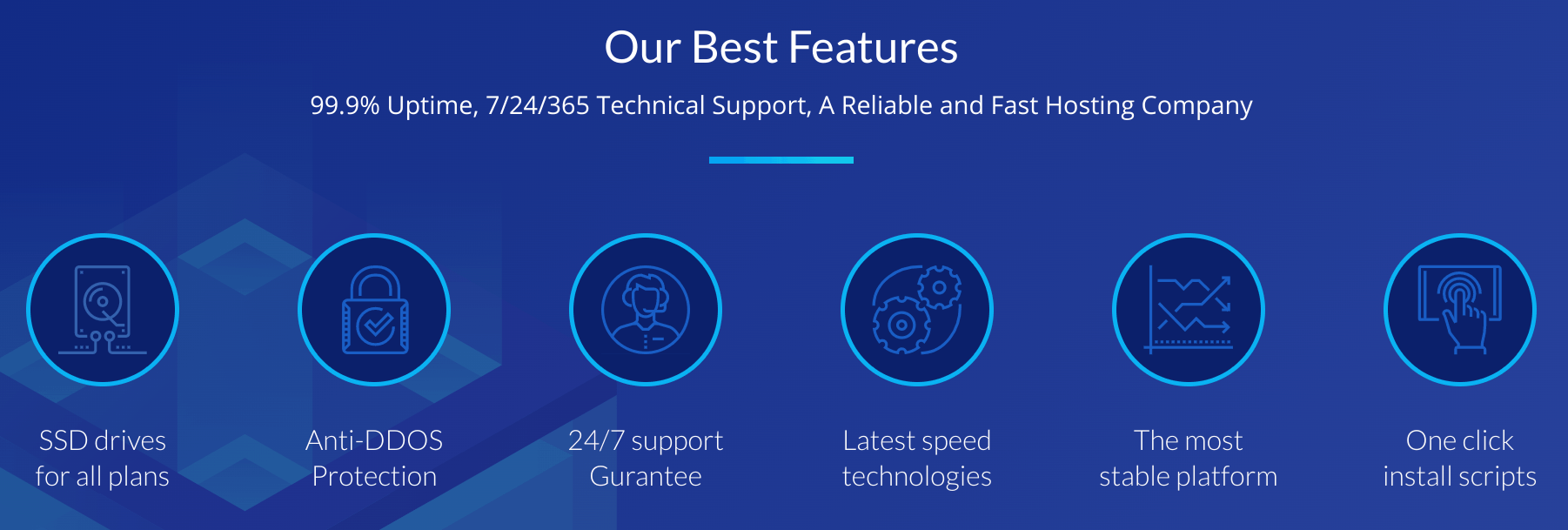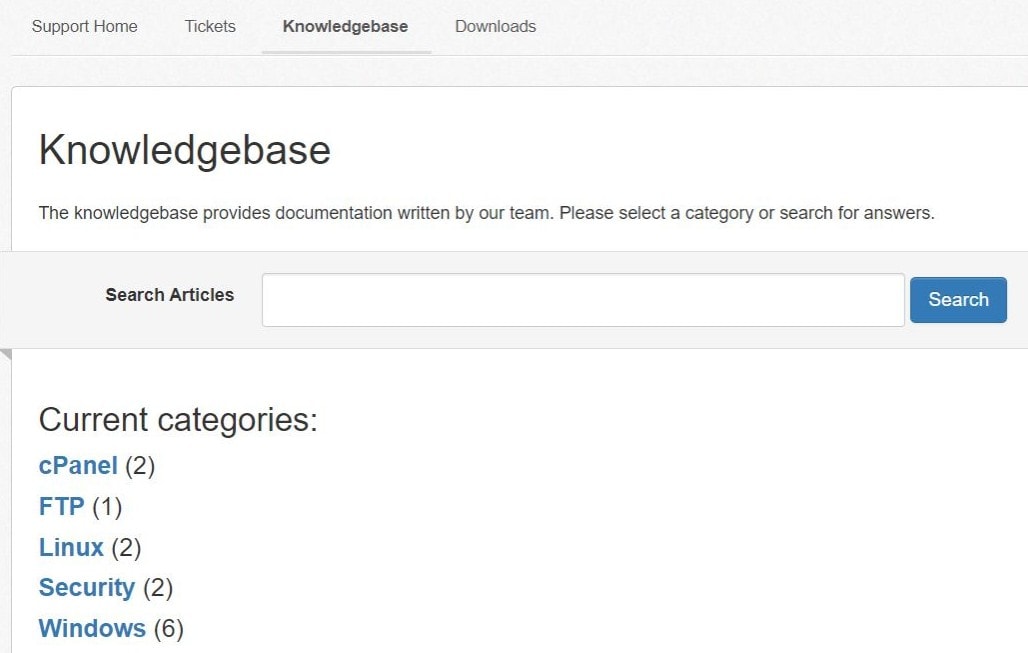
Oneserver is an American company with more than 24 years of experience providing business-oriented hosting solutions. It has servers in Istanbul (Turkey) and the U.S.A., and it offers dedicated servers, cloud servers, and VPS.
Oneserver’s professionally designed English-language website is fairly informative, and it presents prices in U.S. dollars.
Features and Ease of Use
Oneserver offers a total of 14 cloud hosting plans (across Turkish and American servers) that sit on SSD storage for faster performance than traditional drives.
The smallest plan provides you with 2 CPUs, 4 GB RAM, 50 GB disk storage, and 5 TB bandwidth, so it could be suitable for small to medium-sized businesses. For bigger businesses with more demanding websites, the largest plan provides 8 CPUs, 64 GB RAM, 360 GB web space, and 20 TB bandwidth.
You can expect to find these features in the cloud hosting plans:
- SSD storage
- 99.9% uptime guarantee
- VMware virtualization
- Intel Xeon processors
- DDoS protection
You can also choose your operating system; Windows or one of the Linux distributions such as CentOS, Debian, or Ubuntu. And you get a one-click application installer for popular programs.
If you’re seeking enhanced server control, consider selecting an Istanbul-based virtual server from our options. These servers offer capacities of up to 320 GB disk space, up to 32 GB RAM, up to 20 TB bandwidth, and up to 8 CPUs. Furthermore, you’ll benefit from OpenStack infrastructure, SSD storage, a 99.9% uptime guarantee, one IP address, and DDoS protection.
Whether you go for cloud hosting, a virtual server, or a dedicated server, Oneserver will commit to replacing it within six hours.
Pricing and Support
Depending on the plan you pick, Oneserver’s prices range from cheap-and-cheerful to way too high. The VPS plan prices start lower than the cloud or dedicated server subscriptions.
You can pay by credit card or money transfer on a monthly or annual basis, but there is no money-back guarantee as far as I know.
You should be able to contact the customer care team by telephone, ticket, email, or live chat. I say “should” because I found that the live chat was always offline and my email and ticket approaches went unanswered. Although there is a minimal knowledge base, it won’t be sufficient to meet your self-support needs:











